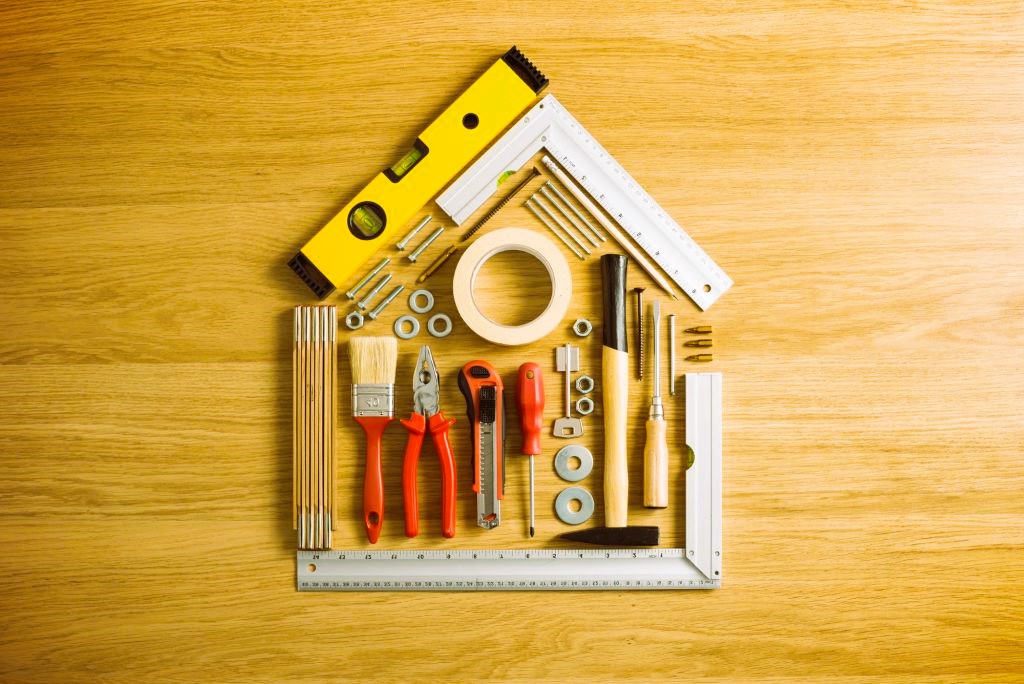Owning a home is a significant investment, and ensuring its long-term health and functionality requires regular maintenance and upkeep. Routine maintenance inspections play a crucial role in identifying potential issues, addressing maintenance needs, and preserving the value and integrity of the property. In this article, we’ll explore the benefits of routine maintenance inspections for homeowners, the key components of these inspections, and why they are essential for maintaining a safe, comfortable, and efficient home.
1. Early Detection of Issues
One of the primary benefits of routine maintenance inspections is the early detection of issues before they escalate into costly and potentially catastrophic problems. By conducting regular inspections, homeowners can identify issues such as water leaks, structural damage, electrical issues, and HVAC malfunctions early on, allowing them to take proactive measures to address them before they worsen.
2. Preventive Maintenance

Routine maintenance inspections enable homeowners to stay ahead of maintenance needs and implement preventive measures to protect their homes from damage and deterioration. By identifying and addressing minor issues promptly, homeowners can prevent them from escalating into larger and more expensive problems down the line. This proactive approach to maintenance helps extend the lifespan of home systems and components and reduces the need for costly repairs or replacements in the future.
3. Enhanced Safety
Maintaining a safe and secure home environment is paramount for homeowners and their families. Routine maintenance inspections help identify safety hazards such as faulty wiring, loose handrails, trip hazards, and fire hazards, allowing homeowners to address them promptly and mitigate the risk of accidents or injuries. By prioritizing safety through regular inspections and maintenance, homeowners can create a safer living environment for themselves and their loved ones.
4. Improved Energy Efficiency
Efficient home systems and appliances not only save homeowners money on utility bills but also reduce their environmental impact. Routine maintenance inspections help ensure that HVAC systems, water heaters, insulation, windows, and doors are functioning optimally and operating at peak efficiency. By identifying and addressing energy efficiency issues, homeowners can lower their energy consumption, reduce their carbon footprint, and save money on energy costs over time. The role of home inspections in real estate transactions, read more at this link.
5. Preservation of Property Value

Regular maintenance inspections are essential for preserving the value and resale potential of the home. A well-maintained property with a documented history of routine maintenance inspections is more attractive to prospective buyers and can command a higher sale price in the real estate market. By investing in routine maintenance inspections, homeowners can protect their investment and maximize their return on investment when it comes time to sell.
Key Components of Routine Maintenance Inspections
Routine maintenance inspections typically cover a wide range of home systems and components, including:
- Roof and Exterior: Inspection of the roof for signs of damage, leaks, or missing shingles, as well as inspection of the exterior walls, siding, windows, and doors for damage, deterioration, or structural issues.
- Plumbing and Electrical Systems: Inspection of plumbing fixtures, pipes, and water supply lines for leaks, corrosion, or damage, as well as inspection of electrical wiring, outlets, switches, and circuit breakers for safety and functionality.
- HVAC Systems: Inspection of heating, ventilation, and air conditioning (HVAC) systems for proper operation, air quality, and efficiency, including cleaning or replacing filters, inspecting ductwork, and testing thermostat settings.
- Interior Spaces: Inspection of interior spaces for signs of water damage, mold growth, pest infestations, and indoor air quality issues, as well as inspection of appliances, fixtures, and finishes for wear and tear.
- Safety Features: Inspection of safety features such as smoke detectors, carbon monoxide detectors, fire extinguishers, and security systems for proper operation and compliance with safety standards.
In conclusion, routine maintenance inspections are essential for homeowners to protect their investment, ensure the safety and comfort of their families, and maintain the value and integrity of their homes. By conducting regular inspections, homeowners can detect issues early, implement preventive maintenance measures, and preserve the efficiency, functionality, and safety of their homes for years to come. For more information on routine maintenance inspections and home maintenance tips, visit Wikipedia.

